In my capacity as Head Battlefield Guide for Leger, every year I get dozens of letters and emails from people asking how they can become battlefield guides, or could they come to work for us.
However, what is clear is that often few of these prospective guides have any real idea of what is involved, or what we really do. So what is a battlefield guide, and what do we do?!
I did my first paid job as a battlefield guide in April 1987 when I took members of the Henry Williamson Society around the WW1 battlefields, and I am lucky to have been working pretty much continuously ever since.
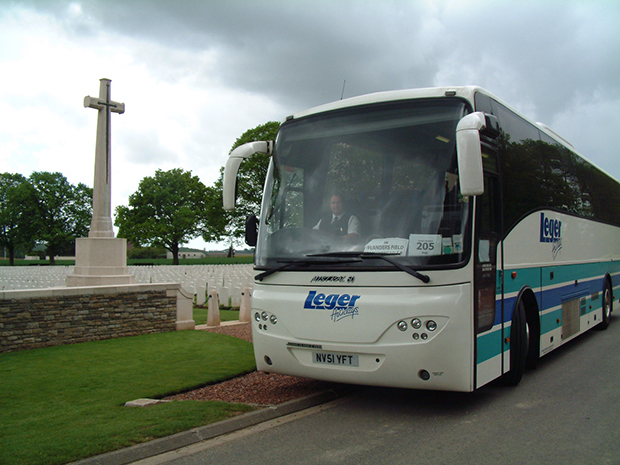
How did I get into it?
It was simple, living in the south-east I had been in a good position to visit battlefields since the late 1970s and I had a good knowledge of the ground. First friends asked me to take them, then groups like this.
How I guided then was very different to how I do it now but certain things never change: it is not all about baffling groups with military terminology, rattling off lists of units, dates and commander’s names… it’s about people – and as I often say, ordinary people in extraordinary circumstances.
Most groups want to hear about the experience of war: what it was like, what people went through, how long they were there, what the conditions were like, what did they eat, where did they go to the toilet?
In that respect battlefield guiding is like story-telling, and that is not a bad analogy. I find that the most successful tours are ones that have a beginning, a middle, and an end. Groups like to see a logical and understandable sequence to their visits, they like to understand how they are connected, they enjoy big themes, with some micro-detail to lighten the dark corners or blurred edges.
What they generally don’t want are ‘stands’ – a military style of battlefield tour that is fine for staff-rides but not for civilians, especially when discussing World Wars when the average British soldier was a civvie in Khaki themselves.
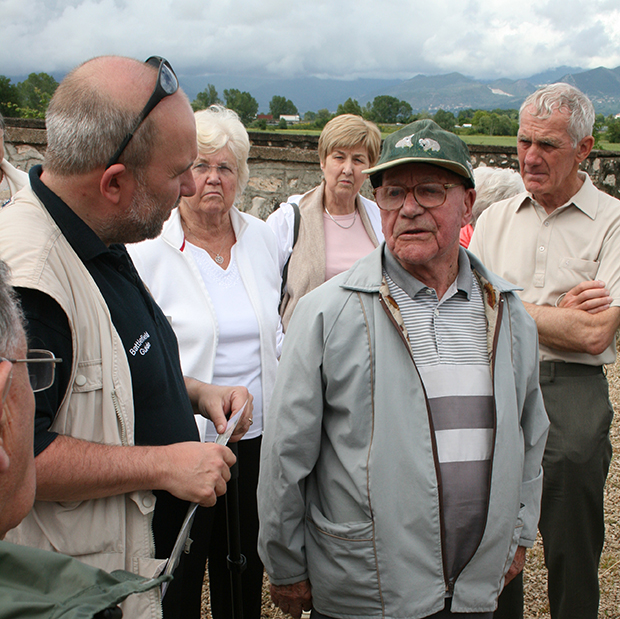
Reading, Talking and Knowing your Roads
Reading, reading and more reading is always the best approach for battlefield guides. Read everything, read the new books because people will ask about them, read the old books, the ones by those who were there – those are very important, because they give the ground-up viewpoint. But don’t ignore the historians: battlefield tours can be a way of educating a wider public, so being aware of recent historiography, new thoughts on your period: that is very important too. It also means you can never have enough books, which is a bonus as well.
Talking, talking and more talking is also the best approach too. If you are shy, or not good at public speaking, this is not a job for you. Don’t just talk when you are on the ground, either. That is what the microphone on your vehicle is for: tell people what they are seeing as you travel, link these places with stories from the books you have read. Which means you have to know your ground: perhaps the thing new guides invest the least in, is knowledge of the battlefield as it is today.
You need to know the roads, the tracks, the best routes and the worst ones too: and more importantly how this terrain fits into the picture of the conflict you are guiding. Without that, you could just be driving around in circles and no-one would really be the wiser. And with the technology we have now, there is no excuse: a far cry from the days when I poured over paper maps and tried to re-imagine the places I had been on the last trip over.
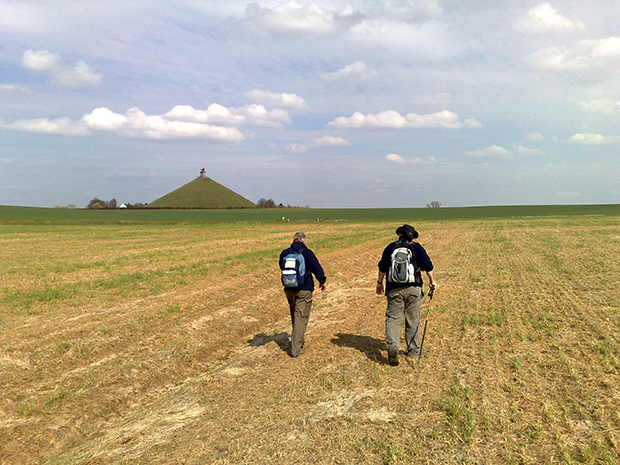
In the end, your work as a battlefield guide should always be an evolving process. Never be afraid to change, or listen to advice from others. Most working guides are happy to share knowledge and contacts, and help people out. As guides we should have a common bond, and we have a duty to share what we have learned not just with groups but with fellow guides, too.
I often get asked do I get fed up with it: doing the same thing, visiting the same places? But how could I, when you consider what these places are and what they stand for. I consider myself blessed being able to be among them so often. Fortunate to have spent so many days in the company of veterans of both World Wars on the ground where they fought as young men. Honoured to have helped relatives visit a family grave, and shed a few tears with them over it.
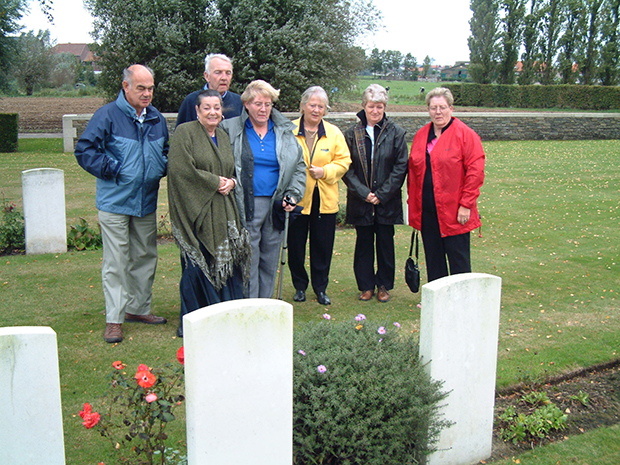
And lucky, so lucky, that what has driven me for most of my life is also my job: a job where I have watched the ashes of a last veteran scattered across a Somme field, seen an old man weep over the grave of the man who saved his life, and experienced the comradeship of common experience as I’ve walked the ground with groups where so much took place: a landscape which in itself is a last witness that speaks to us if we care to listen.
Because, finally, the joy of battlefield guiding is not what the guide gets from it, but what the group experiences, sees and understands. None of us are bigger than the subject; perhaps one of the best mantras any perspective guide should always bear in mind. Be true to your passion, and never forget the debt we owe the men and women we discuss: with that approach, you can never go wrong.
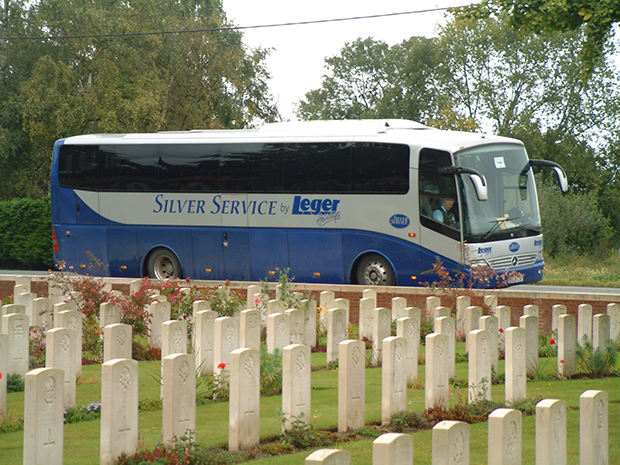
[divider]
Never miss a post from Paul. Sign up to receive alerts.
Paul Reed, our Head Battlefield Guide, will publish regular blogs including personal stories, new tour updates and plenty of interesting and factual information about the Battlefields of Europe and beyond. Sign up below and receive email alerts keeping you up to date with Paul’s blogs.
[divider]

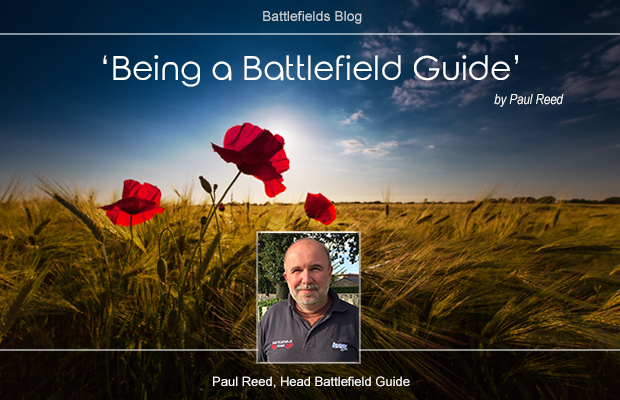
Thanks for these thoughts, Paul. You have been an inspiration since we first met 16 years ago.
Cheers Paul, I really enjoyed the Tommy and Fritz tour – was great to see both sides of the story, especially having Rob there as a guide offering the German perspective. All the best!
What can I say?? My time and learning as a Guide is due to many people. However, Paul’s faith in me and his will to share, discuss and mentor is something hing I will continue to hold dear. I thank him and Leger for their continuing support and help. I hope I can repay the faith they have in me. To sum up – the BEST
I have recently returned from the D – Day tour with my family – Excellent and very moving.
Hi Paul.
Having recently visited Normandy and brought back a large amount of photo’s which I have shared on social media with descriptions and explanations, it was suggested to me by a few people that I would make an excellent tour guide. This is something I have thought about for some time, as I’ve previously been to Arnhem/Oosterbeek, and also Krakow/Auschwitz-Birkenau to see the Oskar Schindler topical sights. So I definitely have a huge passion and interest in WW2 subjects! I have a lot of knowledge, gained from these visits, as well as the books I have read.
My Normandy visit saw me take in the U.S. sectors, Utah and Omaha beaches, St Mere Eglise, St Come Du Mont, St Marie Du Mont, Brecourt Manor, Carentan, Pointe Du Hoc, The American Cemetery, and we also visited Pegasus Bridge. My visit to Brecourt Manor was arranged with the owner, who retraced the steps of Richard Winters and Easy Company with me. It gave me a much better understanding of the action that happened there. I genuinely believe I could talk a tour group through what happened there, and fully engross them in the history of the place and the battle.
I’ve reached a crossroads in life and am looking for a new career doing something that channels my passion and interest. I have previously given a talk to American tourists about the Arnhem battle..this just actually happened one day at the Oosterbeek airborne museum. I managed to engross them in the subject and gave them a good talk for about 15 or 20 mins on what happened there. This was a few years ago, so becoming a battlefield guide has been on my mind for some time. I’ve just never really worked out how you become one! I saw a Ledger coach parked near the church in St Mere Eglise, and this got me thinking once again.
Any advice or help you could possibly give me would be greatly appreciated, Paul.
Many Thanks
David
Paul
I have immensely enjoyed 2 Leger Battlefield tours so far (Normandy and Ardennes) and am planning another one.
I have a relative (recently deceased) who was at Pegasus Bridge : WILLIAM KENNELLY of the Oxon Bucks Light Infantry . Can you tell me whether there is any record of his involvement in the campaign ?
David Lake